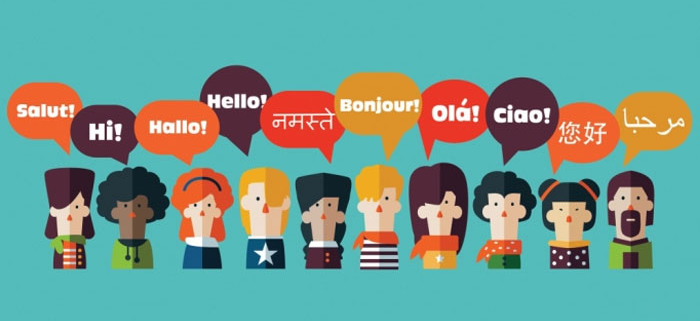Captioning in multiple Languages: The Challenges of Multilingual Videos
As video content becomes increasingly global and the world shrinks, there is a growing demand for captions in different languages. Captioning in multiple languages can be a challenging process, but luckily, we’re experts at it.
Challenges of captioning in multiple languages
Captioning in different languages presents several challenges, including:
Linguistic Differences: Languages have many different structures, grammar rules and syntax. Captions in one language may not always translate directly to another language, which can make captioning a time-consuming and challenging process.
Cultural Differences: Different cultures have different idioms, expressions, and slang. Captions need to be localized to ensure that they are culturally appropriate and easily understandable to the target audience.
Technical Limitations: Some video platforms may not support captions in certain languages or may have technical limitations that make it difficult to display captions in different languages.
Best practices for captioning in multiple languages
Despite these challenges, captioning in different languages is essential for reaching a global audience. Here are some best practices we use at 121 for captioning in different languages:
Choose the Right Translation Method: There are two main methods for translating captions: human translation and machine translation. Human translation is more accurate but can be expensive and time-consuming. Machine translation is faster and more cost-effective, but the accuracy can vary, particularly with complex sentences.
Use Native Speakers: When captioning in different languages, it is essential to use native speakers who are familiar with the language and culture. This ensures that the captions are accurate and culturally appropriate.
Consider Localisation: Localisation is the process of adapting content to meet the cultural and linguistic needs of a particular audience. When captioning in different languages, it is important to consider localization to ensure that the captions are appropriate for the target audience.
Test and Revise: Once the captions have been created, it is important to test them with the target audience and revise them as necessary. This ensures that the captions are accurate and easily understandable.
Why come to us for multilingual videos
Captioning in multiple languages is essential for reaching a global audience and making video content accessible to all.
Here at 121 Captions, we caption online in more than 30 languages and offline in over 80! That’s more than any other captioning company.
Our network of captioners from around the world means you get online captioning when you want it, by experienced professionals, 24/7. We pride ourselves on 100% target accuracy, which you will not find elsewhere. That’s because we hand-pick our captioners, ensuring they are accredited and qualified to the appropriate standards needed by their registration bodies.
By choosing the right translation method, using native speakers, considering localization, and testing and revising the captions, we ensure that your video content is accessible and understandable to a wider audience.
Contact us today if you would like to caption your videos in multiple languages and we’ll be happy to have a chat about how we can help.




Leave a Reply
Want to join the discussion?Feel free to contribute!